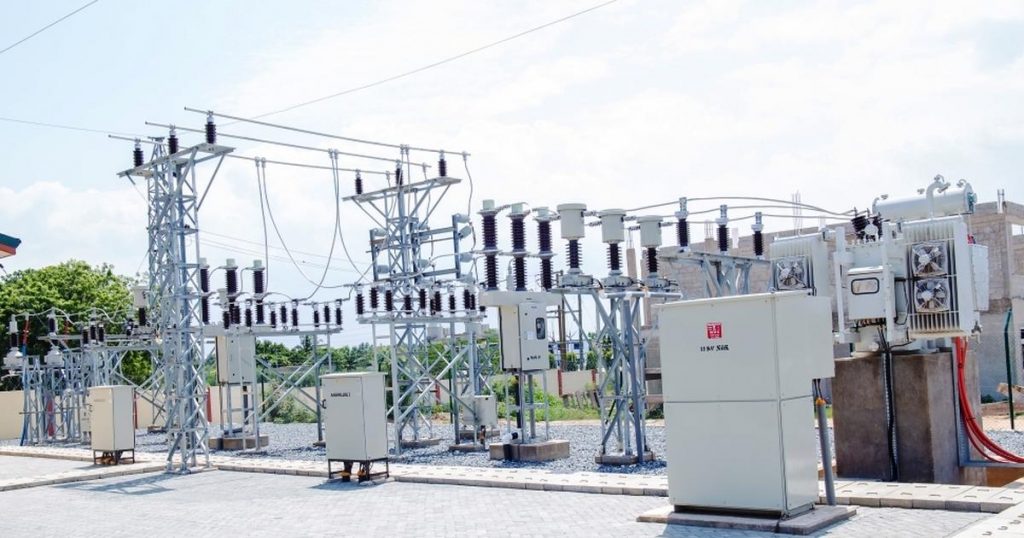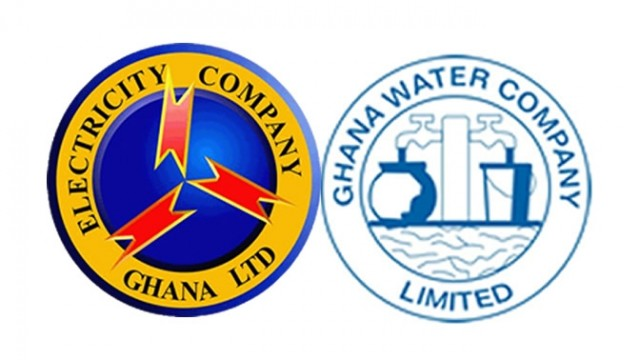Using the regulator’s guidelines as a guide, the utility firms submitted proposals to the PURC in May of this year.

On September 1 of this year, after being announced, the tariffs are anticipated to take effect. Next week, the first increase in utility rates since 2017, is anticipated. In response to suggestions it received from the utility firms, the Public Utilities Regulatory Commission (PURC) conducted nationwide consultations.
The PURC engaged identifiable groups and pertinent sections of the public in addition to the public fora held in each of the 16 regions, according to a source familiar with the stakeholder consultations, and had taken into account all sides of the debate to determine the most appropriate tariffs.
According to information obtained by The Daily Graphic, the new tariffs won’t apply uniformly, therefore the charges will vary depending on the justifications and supporting documentation provided by the utilities and the verification performed by the commission. Another source claimed that the upcoming tariffs will not include existing state taxes and levies.

Micro, small, and medium-sized businesses (MSMEs), including restaurants and hairdressers, will not be subject to “punitive” tariffs, according to the statement. In May of this year, the utility companies submitted proposals to the PURC by its rules.
The Ghana Grid Company Ltd (GRIDCo) recommended a 48 percent increase over its current pricing, while the Ghana Water Company Limited (GWCL) requested a 300 percent increase over its current tariffs. The Electricity Company of Ghana (ECG) proposed a 148% increase over its present tariffs.
Other proposals included a 113 percent price increase from Enclave Power, the only private power distributor, and a 38 % price increase over Northern Electricity Distribution Company’s current rates (NEDCo).
The tariff suggestions were in keeping with policy directives to gradually abolish what has been referred to as “punitive tariff bands” that deterred consumption. This included forcing businesses to pay more to protect residential consumers, which increased the cost of conducting business and made industrial sector activities expensive.
It is anticipated that the multi-year tariff adjustment will also allow the PURC and the utilities to commit to the quarterly “automatic” adjustment method, stimulate industrial expansion, and increase utility efficiency.
In determining the various tariffs, the regulator took into account both internal and external economic conditions, as well as the need to keep the utilities operational so they can perform routine maintenance and finance developments, among other things, according to a second source familiar with the consultations and calculations who spoke to the Daily Graphic. Additionally, the PURC rigorously assessed and validated all of the utility charges proposed, even visiting some of the investments in person.
While the state-owned utilities were urged to cease any discretionary spending this year, they accepted servicing charges on loans for investments that were approved. The regulator, among other things, asked for and evaluated utility companies’ projected investments.
Additionally, 851 respondents from all 16 regions of the country participated in the PURC survey, which was also performed. According to the poll, 44% of participants believed that the present electricity pricing was not reasonable given the level of service provided by the electricity companies, which included frequent voltage fluctuations and subpar customer service.
Regarding power rates, 42% of respondents evaluated the going rates as fair, while 55% rated them as high. Once more, half of the respondents said that the present water pricing was unfair in light of the poor service delivery, which included frequent water supply outages. Because of this, 41% of respondents thought the current water tariffs were fair and 57% thought they were high.
According to the source, to prevent utilities from passing on their inefficiencies to customers, the PURC would also establish efficiency targets that they would be required to abide by. “The PURC sets loss benchmarks, which mostly cover technical losses, to make sure that inefficiencies are not passed on. For instance, if the benchmark is 4.2 percent and your cost is 10 percent, the PURC will take the benchmark out of your cost and the utility will cover the remaining amount, it said.
The main reasons the utility companies are recommending new tariff adjustments are their inability to finance capital investments, the inadequacy of the most recent PURC-approved tariffs, the deterioration of their assets, exchange rate fluctuations, and the repayment of government-guaranteed loans, among other factors.














